30-08-2021, 10:02 Category: English, Reports & Researches, Media monitoring for hate speech
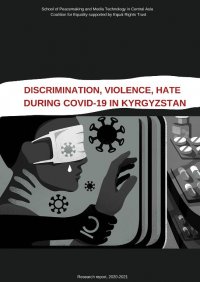 The report shows the results of
monitoring, documenting and case analysis related to discrimination and
violence during the coronavirus pandemic, as well as the study of hate speech
against minorities and vulnerable groups in the selected online content. The
report contains the data that cover the period from February 15, 2020 thru
March 10, 2021.
The report shows the results of
monitoring, documenting and case analysis related to discrimination and
violence during the coronavirus pandemic, as well as the study of hate speech
against minorities and vulnerable groups in the selected online content. The
report contains the data that cover the period from February 15, 2020 thru
March 10, 2021.
The study represents the analysis of cases relating to eleven vulnerable social groups:
· female victims of violence and abduction;
· persons with disabilities, including inmates;
· internal migrants;
· labour migrants;
· the elderly people;
· people living with HIV;
· LGBT people;
· children under 15;
· foreigners victims of racial attacks;
· Muslims;
· ethnic Chinese
In addition, the report contains a separate subsection with the case of Kamil Ruziev, the human rights defender based in Karakol, Issyk Kul region. He was arrested in May 2020 on a reasoned charge and was morally coerced, surveilled and illegally questioned even though he was ill with COVID-19.
Chart 1. Types of incidents studied, %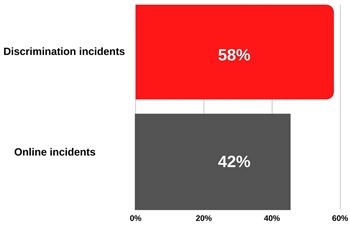
All groups were identified as discriminated during the pandemic as many members of these groups, according to the documented cases, did not have access to health services, medications, became unemployed, combatted hunger, were exposed to violence in any of its forms. Some children had a restricted right to education, and the people who died from coronavirus could not be buried decently.
The cases that were documented by the organisation members of the Coalition for the Equality in the Kyrgyz Republic who participated in the study were analysed. Therefore, these results are based on the outcomes of the cases studied.
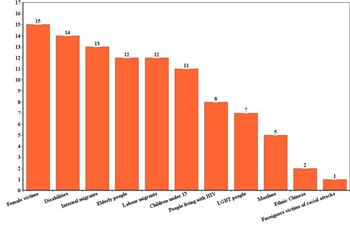 Chart 2. The cases analyzed by vulnerable social groups, %
Chart 2. The cases analyzed by vulnerable social groups, %
We believe that the level of discrimination and hate may be even higher if more cases are covered and cases of a large number of vulnerable groups are involved, which requires significant resources and time.
However, the results shown in the report demonstrate the existing problems of discrimination and hate, as well as their real consequences that must be eliminated.
The newly detected cases referred to the Kyrgyz Muslim pilgrims, davatchi (Islamic preachers) who came back from Umrah, the lesser Hajj (pilgrimage to the holy places in Saudi Arabia). Many of them were found to have COVID-19, which caused the negative reaction on the internet and calls for hate against them.
The second goal of online hate was a group of ethnic Chinese because of the coronavirus spread, comments and posts dedicated to COVID-19, discussion of its relation with China and Chinese citizens.
Diagram 3. Online incidents documented by genres, %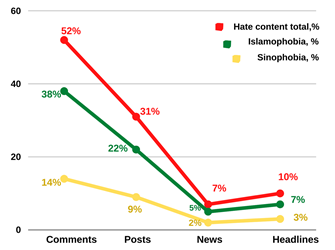
The hate and scaremongering on the internet, defamation of religious people and members of the Chinese ethnic group had an impact on local religious and racial stereotypes. They continue to be widely spread in discussion groups even now.
The full version of the study contains 10 sections, including the analysis of discriminatory legislative initiatives and government regulations, the review of the political public situation and its impact on the pandemic and social exhaustion of people and description of personal cases. All materials are supported by detailed examples.
Download full summury of the report here

The School of Peacemaking and Media Technology in Central Asia announces an annual competition among students from Kyrgyzstan, Kazakhstan,…
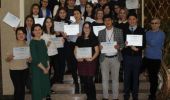
25 journalists and media workers from various regions of Kyrgyzstan have been trained to counter the propaganda of violent extremism and hate in…